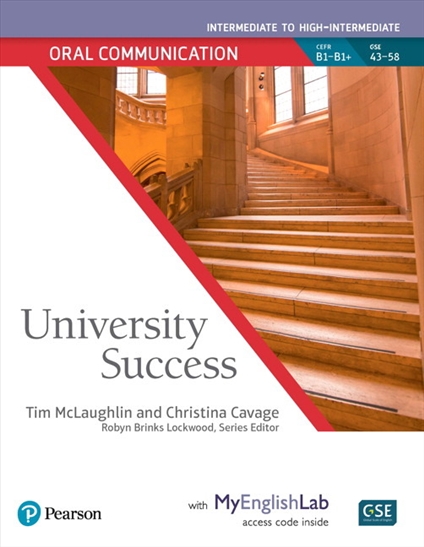Stock Status: Temporarily out of stock. To be ordered in from the Publisher
Published 2018.
University Success Oral Communication is designed for English language learners preparing for
mainstream academic environments. A flexible three-part approach includes intensive and systematic skill development tied to learning outcomes along with authentic lectures delivered ...
Published 2018.
University Success Oral Communication is designed for English language learners preparing for
mainstream academic environments. A flexible three-part approach includes intensive and systematic skill development tied to learning outcomes along with authentic lectures delivered by top professors from Stanford University. The Oral Communication strand provides real-life learning
experiences for students who need to achieve academic autonomy.
University Success is an outcome-oriented program that is informed by the Global Scale of English and grounded in the context relevant to students' academic ambitions. Authentic content is woven through reading, writing and oral communication strands. The course-level by level-carefully scaffolds skill development to help students become autonomous learners, thereby closing the skills gap.
University Success provides a framework that simulates a real academic experience with authentic essays and lectures expertly created by top professors from Stanford University. Real academic content provides students with the same challenges native speakers face in a university setting, preparing them to handle the rigors of academic work.
University Success is the first-ever English language course that fuses intensive and rigorous skill
development and expanded application, at the same time meeting the unique academic, social, and
linguistic needs of English language learners. University Success offers a high degree of rigor
with challenging academic content and unadopted readings and lectures, at the same time offering careful scaffolding with systematic skill development. With University Success, students build skills to process high volumes of content, close their skills gap, and become autonomous learners.
